
8 minute read
Volkswagen Tiguan R
FORECOURT VOLKSWAGEN TIGUAN R
Volkswagen has given its Tiguan SUV the R treatment. Darren Cassey decides if a go-faster engine and racy styling make for a compelling option.
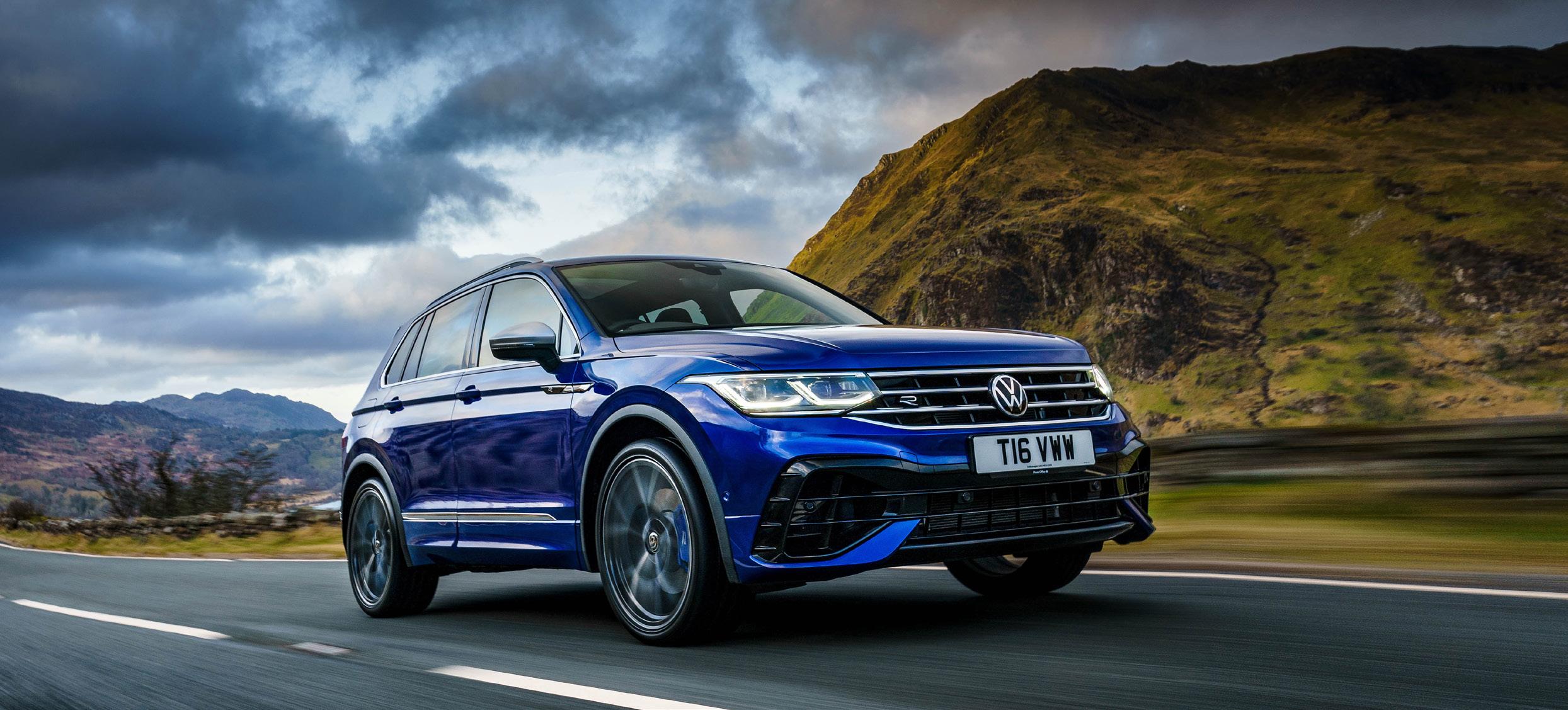
WHAT IS IT?
This mid-sized SUV takes the usual VW R combination and applies it to the firm’s bestselling model. It should sell like hot cakes, then…
WHAT’S NEW?
It gets a new-look front end, upgraded assistance systems, new infotainment system, reconfigured all-wheel-drive system, R-specific petrol engine, lowered ride height, sports exhaust system, new ‘progressive steering’ and drive mode selection.
WHAT’S UNDER THE BONNET?
The engine is the latest generation of the EA888 2.0-litre, turbocharged petrol unit. It doesn’t feel quite so urgent here as elsewhere on account of being in a heavy SUV, but it’s got more than enough punch to make swift progress.
WHAT’S IT LIKE TO DRIVE?
You never feel like you’re in a hot hatch, but covering country lanes at a rapid pace is less intimidating than you’d expect. And if you put it in sport mode and use the paddles to shift manually, the gearbox is almost seamless between shifts. However, it’s let down slightly by its everyday driveability, and the gearbox is sluggish and unresponsive.
HOW DOES IT LOOK?
The Tiguan is already a handsome SUV, and in R trim this is only amplified. There’s a sleek headlight design that blends into the prominent front grille, while at the back the lower bumper has an aggressive diffuser design that incorporates a quad-exit exhaust system.
WHAT’S IT LIKE INSIDE?
The cabin is large and spacious, with an imperious driving position. The seats are comfy and the touchscreen is clear and easy to use. However, VW has an obsession with touch buttons elsewhere and they’re quite unpleasant to use.
WHAT’S THE SPEC LIKE?
Prices start at £45,410, giving you – for example – some R styling tweaks plus LED front and rear lights. Other features include a digital instrument panel, Apple CarPlay and Android Auto integration in the infotainment system, plus sat nav.
WHAT DO THE PRESS THINK?
Auto Express said it was a ‘good all-rounder’.
THE KNOWLEDGE
Volkswagen Tiguan R
Price (as tested): £45,410 Engine: 2.0-litre turbocharged
petrol
Power:
316bhp
Torque: 420Nm Max speed: 155mph 0-60mph: 4.9 seconds MPG: 28.5 Emissions: 225g/km CO2
TARGET BUYERS:
Anyone who needs something for the school run that’ll be fun on the way home.
THE RIVALS:
Cupra Ateca Porsche Macan BMW X2 M35i
KEY SELLING POINTS:
1. Looks fantastic. 2. Surprisingly capable on a fun road. 3.Engine feels quick despite the Tiguan’s size.
DEAL CLINCHER:
All the practicality you need from an SUV but with a sprinkling of fun, too.
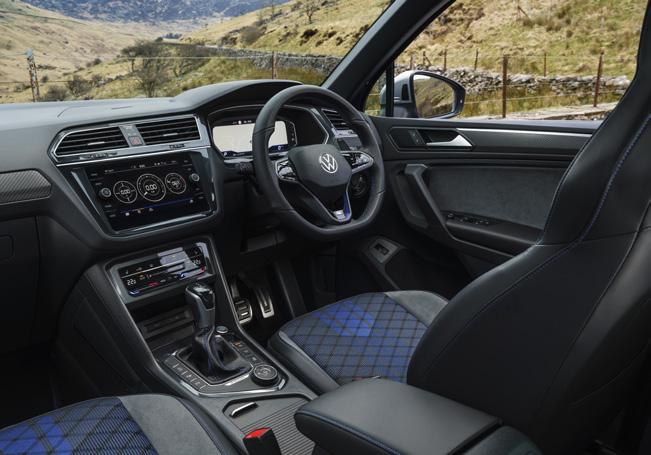
Inside
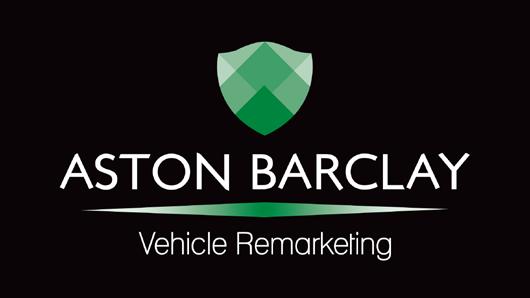

New desirability index gives top insight into used car market trends
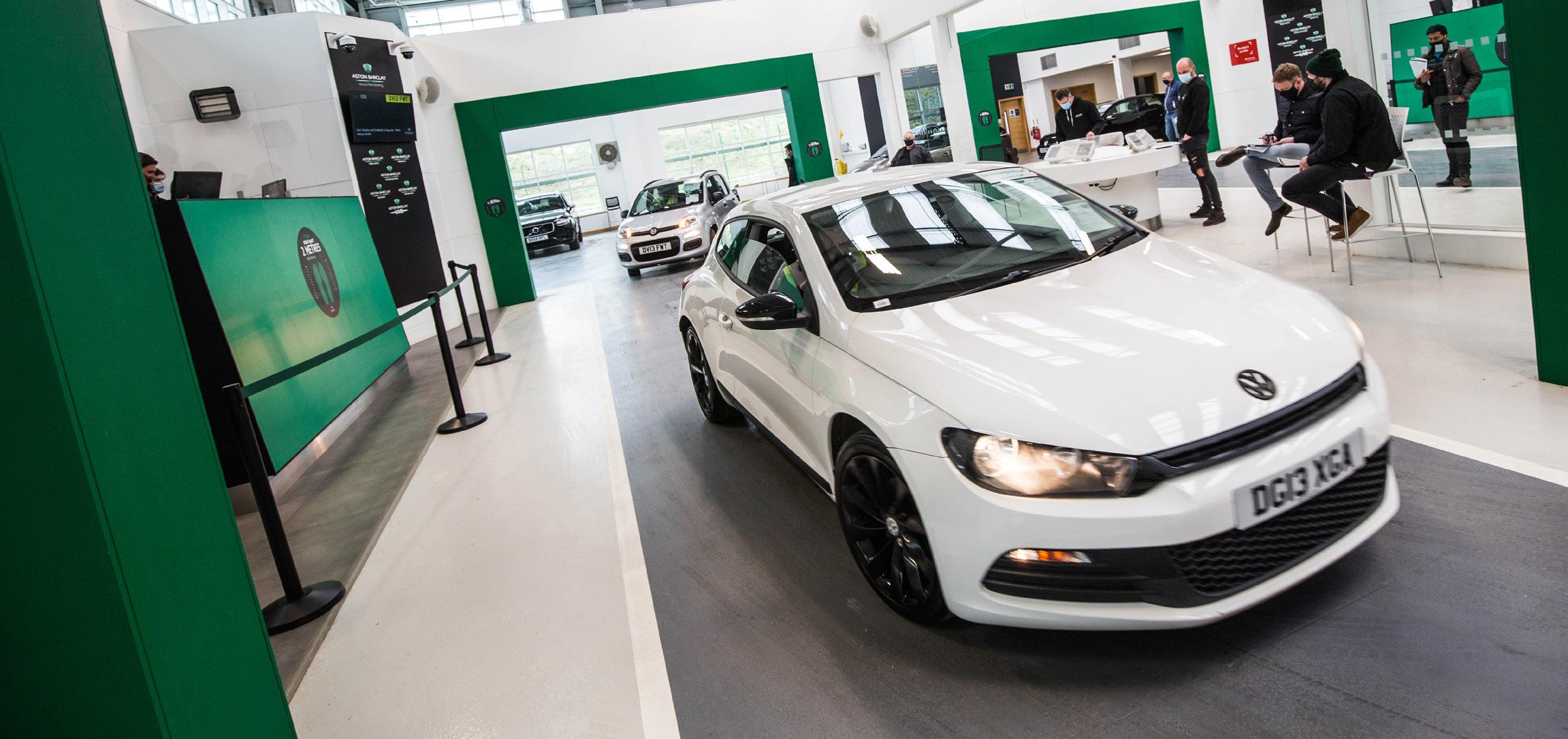
Unique formula from Aston Barclay helps ensure dealers stock the right used cars and set the correct reserve prices.

Aston Barclay has developed a used car desirability index to help dealers understand what’s hot and what’s not in the market at the moment.
Drawing on its extensive used car database, the national car and van auction and remarketing specialist has created a unique formula to guide them on which used cars to stock and setting the correct reserve prices in this busy market.
The data takes three key metrics into account: web views ahead of sale, physical and online bids per sale and the sale price achieved as a percentage of CAP Average. 0
The formula gives an accurate representation of buyer habits during April and early May in Aston Barclay’s current hybrid physical and digital auction space, which has seen attendance go up.
Physical buyers are purchasing 60 per cent more used cars at the moment than are digital buyers, it says, and the index keeps in close touch with physical and online buyer trends.
Many of the top 25 cars on the list are SUVs, particularly at the premium end of the market such as the Audi Q5, Mercedes-Benz GLE, Jaguar F-Pace and BMW X5.
Four out of the top 25 are from Mercedes-Benz, reinforcing the brand’s strength in the current used car space.
The Tesla Model 3 is the only fully electric car on the list and the Kia Niro and Lexus NX the only hybrids, showing that the market’s current appetite still leans towards petrol and diesel cars.
The Lexus NX topped the table, while the Mazda MX5, BMW 2 series, Mini Clubman and Countryman were the only smaller cars to appear.
Many of the used premium cars coming up at auction have become more desirable in the past few weeks as semiconductor shortages continue to impact on supplies of new cars, says Aston Barclay.
In this buoyant market, vendors are increasingly looking to their suppliers to help them price their products to maximise their returns.
Martin Potter, Aston Barclay’s managing director – customer, said: ‘We built the desirability index in response to the industry wanting to understand the latest trends following the market reopening and us embracing our hybrid physical and digital strategy.
‘We have taken data from across all our physical and digital platforms to provide valuable insights to help both buyers and vendors.’
60 55 50 45 40 35 30 25 20 15 10 5 Lexus NX (Hybrid)Mercedes-Benz E-ClassMercedes-Benz GLCAudi Q5 Tesla Model 3 (Electric)Mercedes-Benz GLEKia Niro (Hybrid)Jaguar F-PaceVolkswagen T-RocSeat AronaBMW X5 Mercedes-Benz GLAVolkswagen TouaregJaguar XEKia SorentoVolvo XC90 Land Rover Range RoverVolvo XC60Audi Q7Audi Q3Mazda MX-5BMW 5 SeriesMini ClubmanMini CountrymanBMW 2 Series
Aston Barclay Used Car Desirability Index 62.8 62.6 61.4 59.4 55.3 54.3 54.3 53.3 52.6 50.4 50.4 50.2 50.1 50 49.9 48.3 47.4 46.8 46.6 46.1 46.1 45.3 45 44.7 44.2
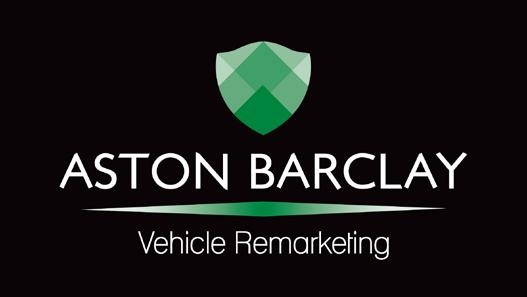
ADVERTISING FEATURE
Become a complete data-driven dealer group

Too often, decisions taken in multi-outlet franchised dealers are made by gut feeling backed up with incomplete data. There are reports coming out of the DMS and other third-party applications but there are just so many transactions and other activities that it is difficult to get the information presented in an understandable format within the timelines required. Dealerships are drowning in their own data.
Some of the largest auto dealer groups’ business performance suggests they get it right more often than they get it wrong. However, increasing competition, the change in the way consumers buy, EVs, and external factors such as Covid and Brexit, etc, mean this is no longer sustainable. On top of this, the sales channel to the consumer is changing. In May, PSA dealers received a two-year termination notice and other manufacturers have signalled they will be changing their route to market, too.
Up to half of UK car dealerships will close by 2025, according to respondents to KPMG’s Global Automotive Executive Survey 2018.
Does this mean that there is no hope? Is it time to throw your hat at it?
Other sectors have gone through disruptive changes and there have been big winners at the end. One consistent characteristic of these winners is the way they use data differently from those that don’t.
Just a few examples:
• Increasing the accuracy, quality and yield of biopharmaceutical production • Increased the vaccine’s yield by 50 per cent, worth between $5m to $10m in yearly savings for a single vaccine alone • Production metrics • Better forecasts of product demand and production + 46 per cent* • Understanding plant performance across multiple metrics + 45 per cent* • Providing service and support to customers faster + 39 per cent*
Data analytics, or business intelligence (BI), has been around for a long time. So why haven’t we seen more solutions in the auto dealership space and why are they appearing now?
• Transaction software suppliers generally have not been successful at providing BI or analytics solutions. Their architecture, tools and skill sets are not an ideal mix for analytics solutions. • Modern tools developed for Big Data have become easier to use and provide visualised outputs so that information can be absorbed more effectively and quicker. • Analytics requires significant hardware resources, and recent performance advances in technology has been an enabler. • Cloud solutions have become more acceptable and are cheaper to build. • The need is greater now.
If we have data, let’s look at data. If all we have are opinions, let’s go with mine.
Jim Barksdale Former Netscape CEO
Real World Analytics has built a secure cloud-based business intelligence solution specifically for franchised dealers which is used by three of the largest dealers in the UK and dealerships with as few as four outlets. It is the one place they go to manage their whole business.
The CEO can see everything that is going on in one graphical dashboard. Function heads have drillable dashboards that bring data in from their DMS and thirdparty applications, and these are blended with their budgets and targets. Exceptions are dealt with on the fly at all levels. Automated DOCs for sales and aftersales give the branch managers and their people the information they need to deliver on the daily objectives set.
There are unique modules for sales of new and used vehicles, stock management for vehicle & stock and service managers. There are multiple business development tools for each department.
Visit realworldanalytics.com for more information and our customers’ successful story.










